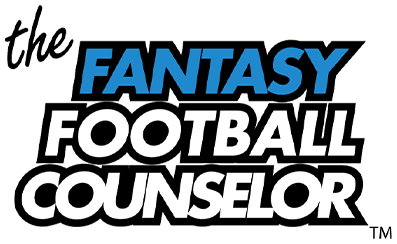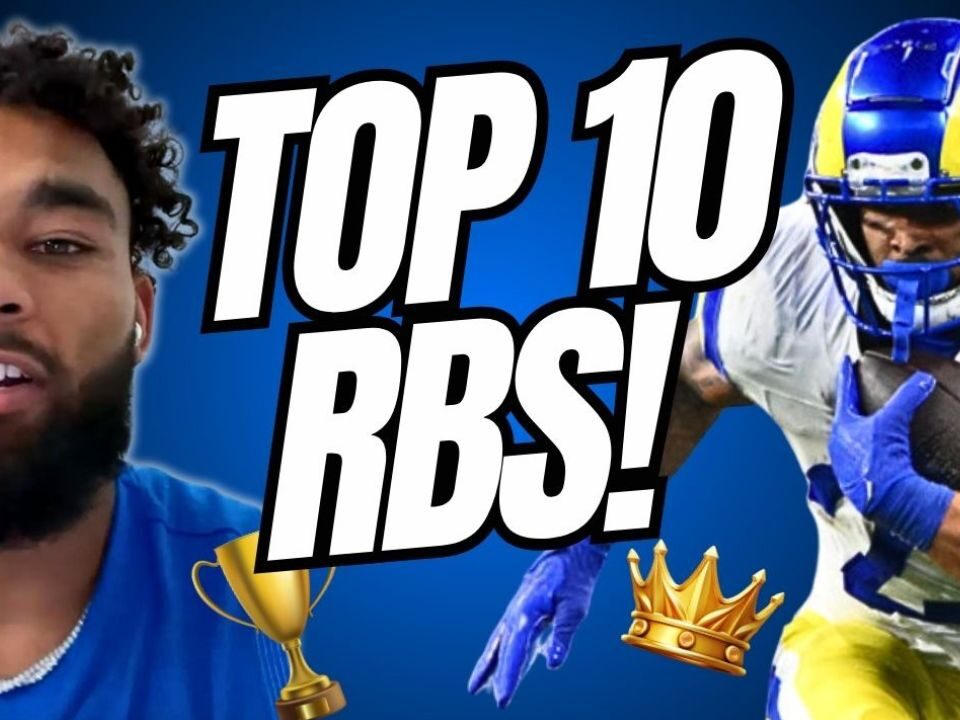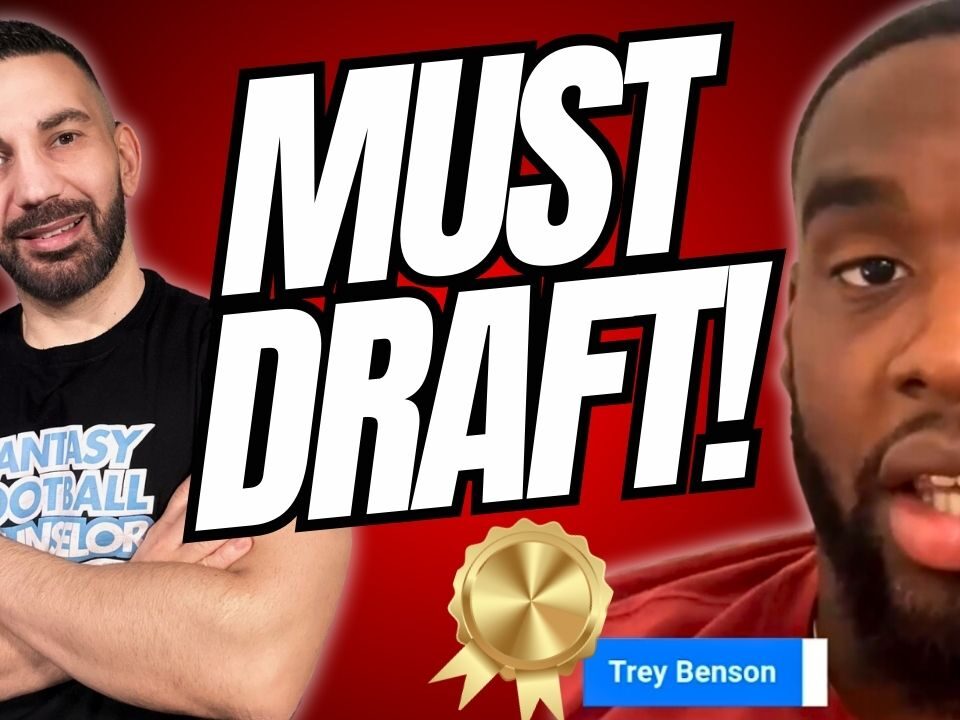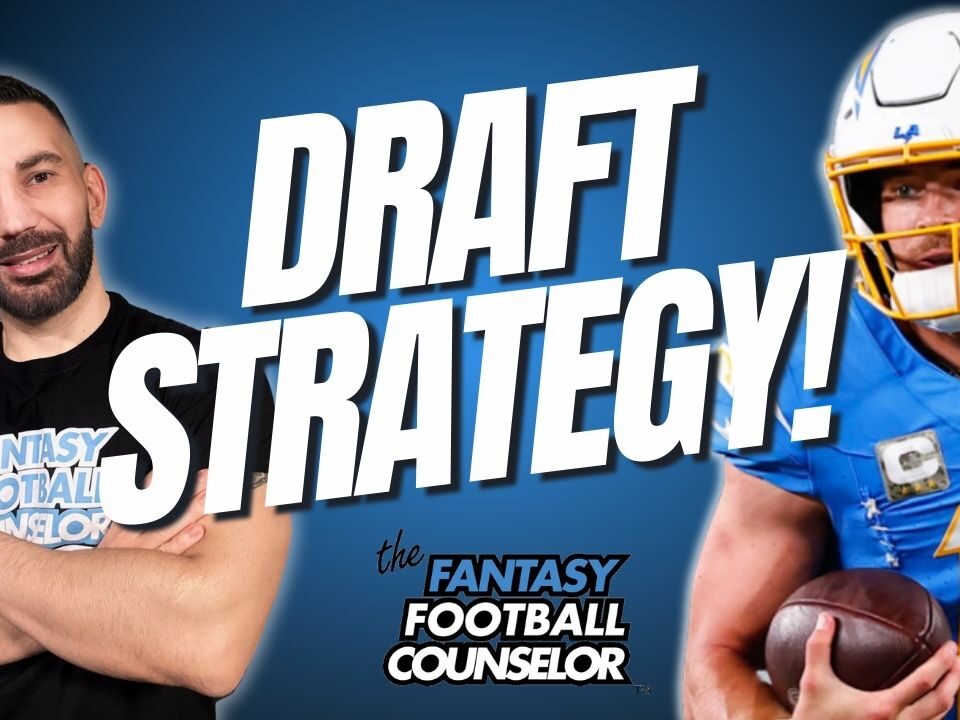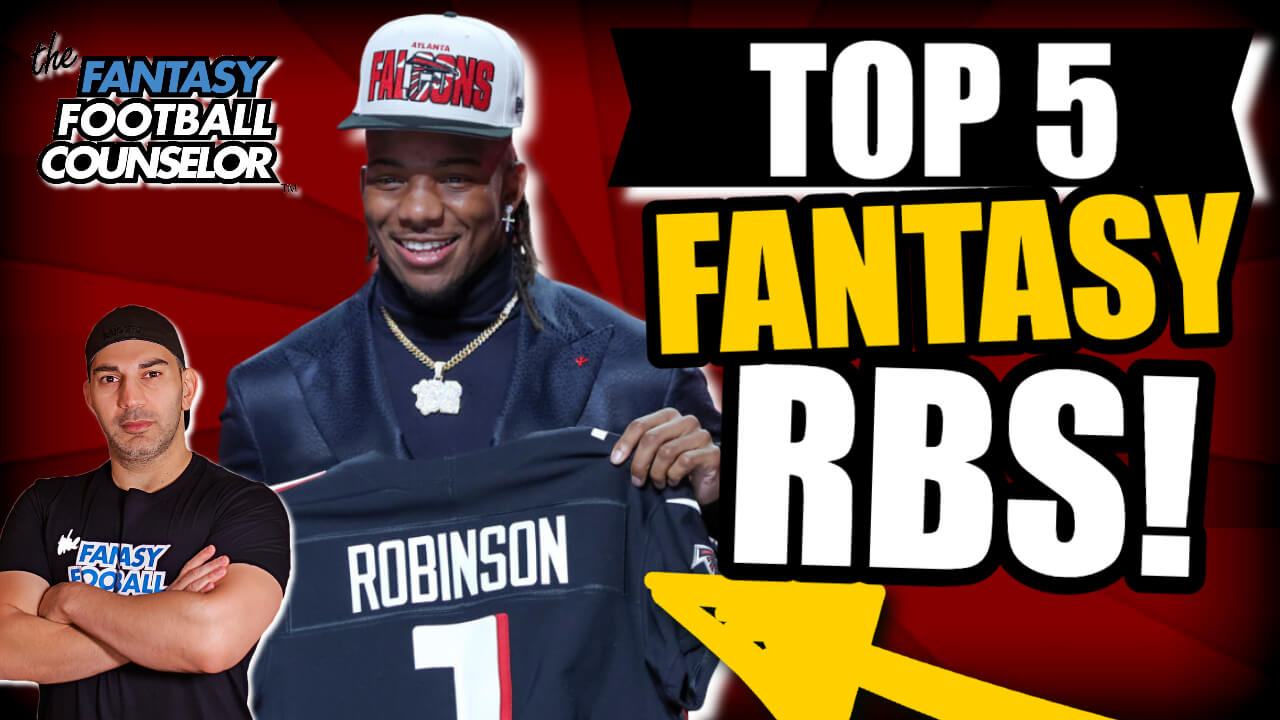
Top 5 Fantasy Football Running Backs for 2023 | Rankings
May 18, 2023


3 Safe MUST Draft Fantasy Football WRs 2023
May 22, 2023


Top 5 Fantasy Football Running Backs for 2023 | Rankings
May 18, 2023


3 Safe MUST Draft Fantasy Football WRs 2023
May 22, 2023How to Win at Fantasy Football | The Complete Guide to Dominate in 2023




Fantasy football has taken the sports world by storm, captivating millions of fans who aspire to assemble the ultimate team and outperform their opponents. It’s not just about being a casual participant; winning your fantasy football league requires strategy, research, and active management. This article will guide you through the essential steps and techniques to help you emerge victorious in your fantasy football leagues. So, buckle up and prepare to take your game to the next level!
Remember that if you want to draft the optimal roster, grab the 16 Rounds Draft solution and league your league mates in the dust!
1. Introduction
Fantasy football is a game where participants build virtual teams by selecting real-life NFL players and scoring points based on their performance in actual games. The objective is to assemble the most impactful team and accumulate more points than your opponents each week. To achieve this, you must master the art of draft strategy, active team management, trade negotiations, and clever lineup decisions. The Full layout of the perfect fantasy football draft strategy is laid out in an article I created so read that after this.
2. Understanding the Basics of Fantasy Football
What is Fantasy Football?
Fantasy football is a virtual game where participants act as team owners and create rosters consisting of NFL players. These teams compete against each other based on the statistical performance of the players in real-life games. The goal is to accumulate more points than your opponents, ultimately aiming to win the league championship.
How Does Fantasy Football Work?
In fantasy football, participants typically join a league with a group of friends or other enthusiasts. The league commissioner establishes the rules and settings, including the scoring system, roster positions, and draft order. Throughout the season, team owners compete head-to-head or in a points-based format, earning points based on the performance of their players in real games.
3. Research and Preparation
To gain an edge in fantasy football, thorough research and preparation are paramount. Here are some crucial steps to get started:
Knowing the League Rules
Before diving into research, familiarize yourself with your league’s specific rules and settings. Each league may have different scoring systems, roster sizes, and trade policies. Understanding the rules will allow you to tailor your strategy accordingly.
Studying Player Rankings and Projections
Stay updated with player rankings and projections from reliable sources. These rankings provide insights into the value and potential of each player. Combine these rankings with your league’s scoring system to identify players who are likely to contribute significantly.
Analyzing Team Schedules and Bye Weeks
Consider team schedules and bye weeks when making player selections. Look for favorable matchups, especially during the fantasy playoffs. Balance your roster to ensure that you have coverage for players on bye weeks.
4. Building a Strong Draft Strategy
The foundation of a successful fantasy football season lies in the draft. Here’s how you can build a strong draft strategy:
Mock Drafts and Practice Runs
Mock drafts are simulations that allow you to practice your drafting skills. Participate in mock drafts to familiarize yourself with different strategies, test different player combinations, and understand the flow of drafts.
Drafting a Balanced Team
When drafting your team, aim for a balanced roster across positions. Avoid putting all your eggs in one basket by diversifying your player selections. Drafting a mix of dependable veterans and high-upside rookies can help mitigate risks.
Identifying Value Picks and Sleepers
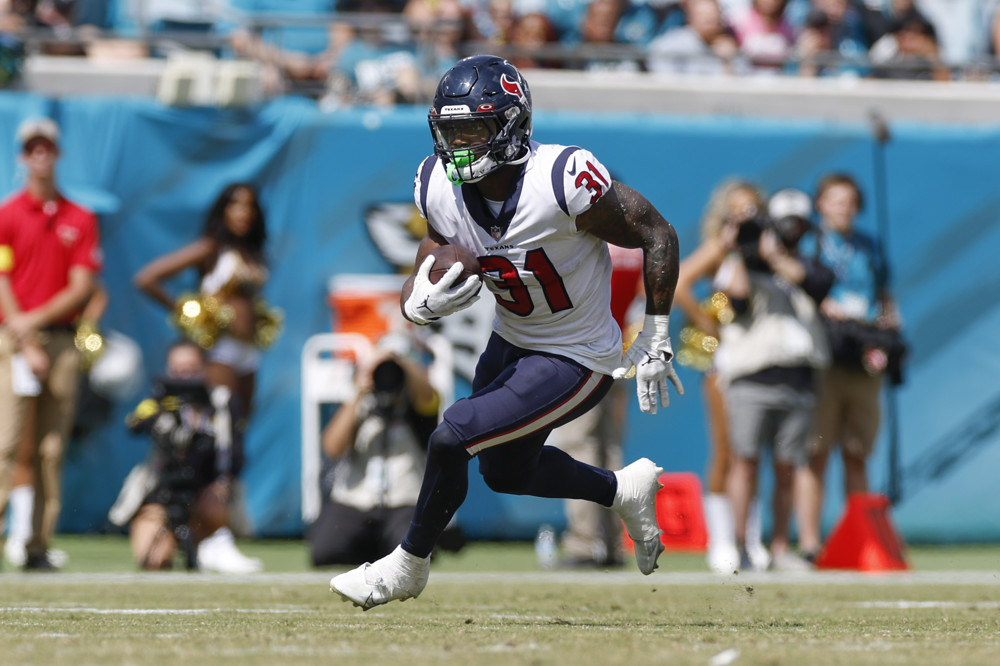

Dameon was considered a sleeper in his rookie year! Photo by David Rosenblum/Icon Sportswire)
Value picks are players who are projected to outperform their draft position. Identify players who may have been undervalued due to injuries, competition, or lack of exposure. Sleepers are lesser-known players who have the potential to exceed expectations. Identifying and drafting these hidden gems can give you a significant advantage.
5. Active Team Management
Building a winning team doesn’t end with the draft; active team management is crucial throughout the season. Here’s how you can stay on top of your game:
Regularly Monitoring Player News and Injuries
Stay informed about player news, injuries, and updates. Monitor reliable sources such as team websites, beat reporters, and fantasy football news outlets. Act swiftly to adjust your lineup and explore replacement options when necessary.
Making Informed Decisions on Starters and Bench Players
Analyze matchups, player performance, and other factors when setting your lineup. Start players with favorable matchups and bench those who are facing tough defenses. Assess your bench players’ potential and consider making bold lineup decisions when the situation calls for it.
Exploring Waiver Wire and Free Agency
The waiver wire and free agency present opportunities to enhance your roster throughout the season. Regularly scan for available players who can contribute immediately or provide depth to your team. Don’t hesitate to make necessary roster moves to improve your chances of winning.
6. Utilizing Trade Opportunities
Trading players with other team owners can be a valuable tool in your pursuit of victory. Consider the following when engaging in trade negotiations:
Assessing Trade Offers
Evaluate trade offers based on the needs of your team. Identify areas of strength and weakness and target trades that address those gaps. Consider the long-term value of the players involved and whether the trade improves your overall roster.
Identifying Trade Targets and Bargains
Identify trade targets who may be undervalued or underperforming based on their current statistics. Look for opportunities to acquire players who have the potential for a breakout or rebound. Targeting players in buy-low situations can give you an advantage.
Negotiating Win-Win Deals
When negotiating trades, aim for win-win scenarios where both parties benefit. Understand the needs and motivations of the other team owner and find common ground. Be open to compromise and explore different trade scenarios until you reach a mutually beneficial agreement.
7. Understanding Fantasy Scoring Systems
Fantasy football leagues use different scoring systems to allocate points based on player performances. Understanding the scoring system used in your league is crucial for maximizing your team’s output. Consider the following strategies:
Scoring Variations and Strategies


Justin Field will put up a lot of rushing yards. (Photo by David J. Griffin/Icon Sportswire)
Different scoring systems emphasize certain positions or statistics. Tailor your draft strategy and lineup decisions to capitalize on the scoring variations. For example, in a league that awards more points for touchdowns, prioritize players who have a high likelihood of scoring.
Targeting High-Scoring Positions
Identify positions that consistently generate high scores. In most leagues, quarterbacks, wide receivers, and running backs are the primary point producers. Focus on securing top-tier players at these positions, as their performances can significantly impact your weekly scores.
Exploiting Matchups and Game Situations
Evaluate matchups and game situations when setting your lineup. Look for opportunities where a player’s skills align favorably with the weaknesses of the opposing defense. Consider weather conditions, game scripts, and the opponent’s strength. A QB like Justin Fields will put up a lot of rushing yards, so he may be a solid start on a team that gives up a lot of yards on the ground.
8. Analyzing Statistics and Trends
Statistics and trends provide valuable insights into player performances and can help guide decision-making. Here’s how you can leverage data to your advantage:
Tracking Player Performance and Consistency
Monitor player statistics and evaluate their consistency over time. Look for players who consistently deliver solid performances and avoid those with erratic or inconsistent production. Identifying consistent performers can provide stability to your lineup.
Identifying Trends and Patterns
Identify trends and patterns in player performances, team strategies, and offensive schemes. Analyze historical data to identify players who perform better in certain parts of the season or against specific opponents. Incorporate this knowledge into your lineup decisions and trade evaluations.
Utilizing Advanced Analytics and Metrics
Advanced analytics and metrics can provide deeper insights into player performances. Consider metrics such as target share, yards after contact, or efficiency ratings. Combine these advanced statistics with traditional metrics to gain a comprehensive understanding of player value.
9. Managing Bye Weeks and Injuries
Managing bye weeks and injuries is a crucial aspect of fantasy football. Here’s how you can navigate these challenges effectively:
Creating Depth on Your Roster
Build depth on your roster by selecting reliable backup players. Having capable replacements for bye weeks and potential injuries minimizes the impact on your lineup’s performance. Look for players who have standalone value and can step in when needed.


(Photo by David Rosenblum/Icon Sportswire)
Planning for Bye Weeks
When drafting or making roster moves, consider the bye weeks of your players. Avoid clustering multiple players with the same bye week, as it may leave you with significant gaps in your lineup. Plan ahead and make strategic decisions to mitigate the effects of bye weeks.
Navigating the Injured Reserve List
In fantasy football, some leagues offer an injured reserve (IR) spot, allowing you to stash injured players without occupying a regular roster spot. Utilize the IR spot to hold onto valuable players expected to return later in the season. This strategy can give you an edge when these players regain their form.
10. Staying Active and Engaged
Active participation and engagement with your league can enhance your fantasy football experience and potentially improve your chances of winning. Consider the following:
Participating in League Discussions and Forums
I created the most passionate community on all my social platforms, so follow the #1 fantasy football podcast on Youtube. If you are a little more serious and want direct access and an engaging community, join the Fantasy Frontlines!
Remember to always think outside the box and adopt that lion mentality.
